Are you worried? Why is the appearance of your fashionable leather jacket deteriorating as it develops cracks and peels? The reason is that external components of leather and faux leather materials degrade through wear and tear as well as inadequate storage methods and extreme environmental conditions.
The solution is very easy! You should avoid discarding your leather jacket since basic solutions will help you achieve its original condition. This article guides you through both the technique for repairing damaged leather jackets and the necessary steps for preserving your jacket from further deterioration.
Why Does Leather Peel?
Knowing the reasons behind material peeling must come before beginning any restoration process.
-
Fake leather differs from original leather because it contains synthetic components which gradually degrade during use.
-
The absence of moisture creates problems for leather because proper conditioning is essential to maintain its elasticity.
-
Exposure to both sunlight and heat causes leather to become brittle through the drying effects of UV rays and high temperatures.
-
Harsh chemical cleaners applied alongside excessive water amounts will deteriorate the protective layer on leather material.
The step-by-step guide to fix peeling leather in jackets
To repair a peeling jacket, do these procedures:
1. Assess the Damage
A preliminary check should evaluate the extent of peeling across your jacket. A quick solution will fix minor damages to the jacket. Professional expertise will be necessary to restore extensive cases of jacket peeling.
2. Remove Loose Peeling Material
You need to use a product between sandpaper with fine grit or a soft drying material. The surface will become smooth in this way.
3. Apply Leather Repair Paint or Dye to fix the surface.
Apply a leather dye that matches the jacket colour when restoring real leather items.The appropriate paint for fixing faux leather should be specifically designed to work on synthetic materials.Succeed each layer application by waiting until the previous coat becomes dry.
4. For significant areas of skin removal, you need to use a Leather Filler.
-
You should use leather filler to treat significant holes that develop after the skin peels off.
-
Even out the application of leather filler by using a palette knife.
-
Sandpaper should be used after the filler becomes completely dried to achieve a professional finish.
5. Seal with a Leather Finish
The restored region needs a leather sealant or finisher to protect it after the repair. A protective layer will be created which protects the surface from sustaining additional damage.
6. Buff and Condition the Leather
Your leather treatment ends with applying a leather conditioner, which will restore moisture and preserve flexibility.
The prevention plan.
-
You must use quality leather conditioner every few months to stop the drying and cracking of leather materials.
-
House-only products that safely clean leather for every application.
-
The proper storage location for your jacket consists of a dry area with a cool environment that excludes both sunlight and heat sources.
-
You should apply Leather Protector Spray because it creates a water-resistant layer that defends your jacket from moisture damage.
-
A hanger with padding should be used to display the jacket instead of folding it because this will help maintain its shape together with preventing wrinkles.
Conclusion
This peeling issue does not determine the end of a leather jacket’s life span. Proper care techniques, along with preventative measures, will allow your jacket to stay fashionable throughout multiple years. Leather jacket life depends on proper maintenance that will guarantee its enduring status as a classic fashion piece.
FAQs
1. Can I fix a peeling faux leather jacket at home?
Yes, you can use repair paint, leather filler, and a sealant to restore its appearance.
2. How often should I condition my leather jacket?
Ideally, every 3–6 months to prevent dryness and cracking.
3. What is the best way to store a leather jacket?
Hang it on a padded hanger in a cool, dry place away from direct sunlight.
4. Can peeling leather be completely restored?
While minor peeling can be repaired effectively, severe damage may require professional restoration.
5. What’s the difference between real and faux leather peeling?
Real leather cracks and dries, while faux leather tends to flake and peel due to its synthetic coating.


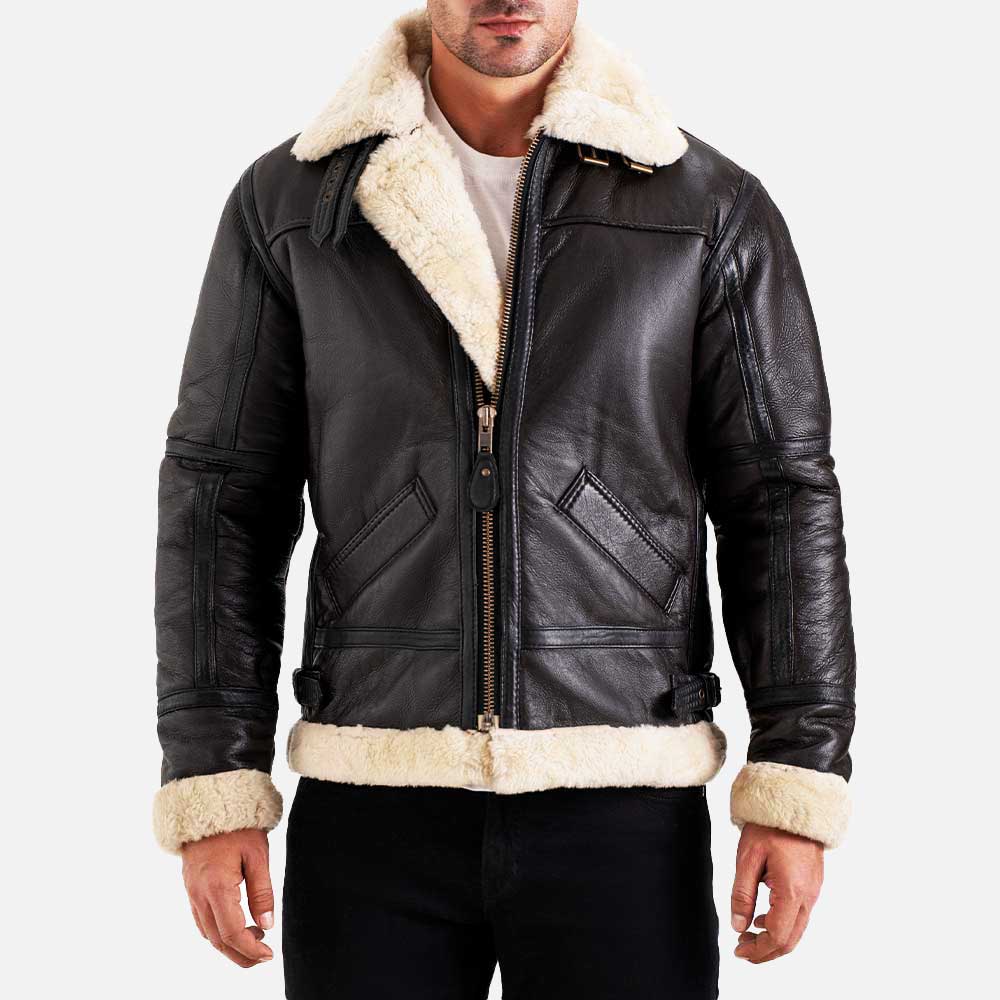
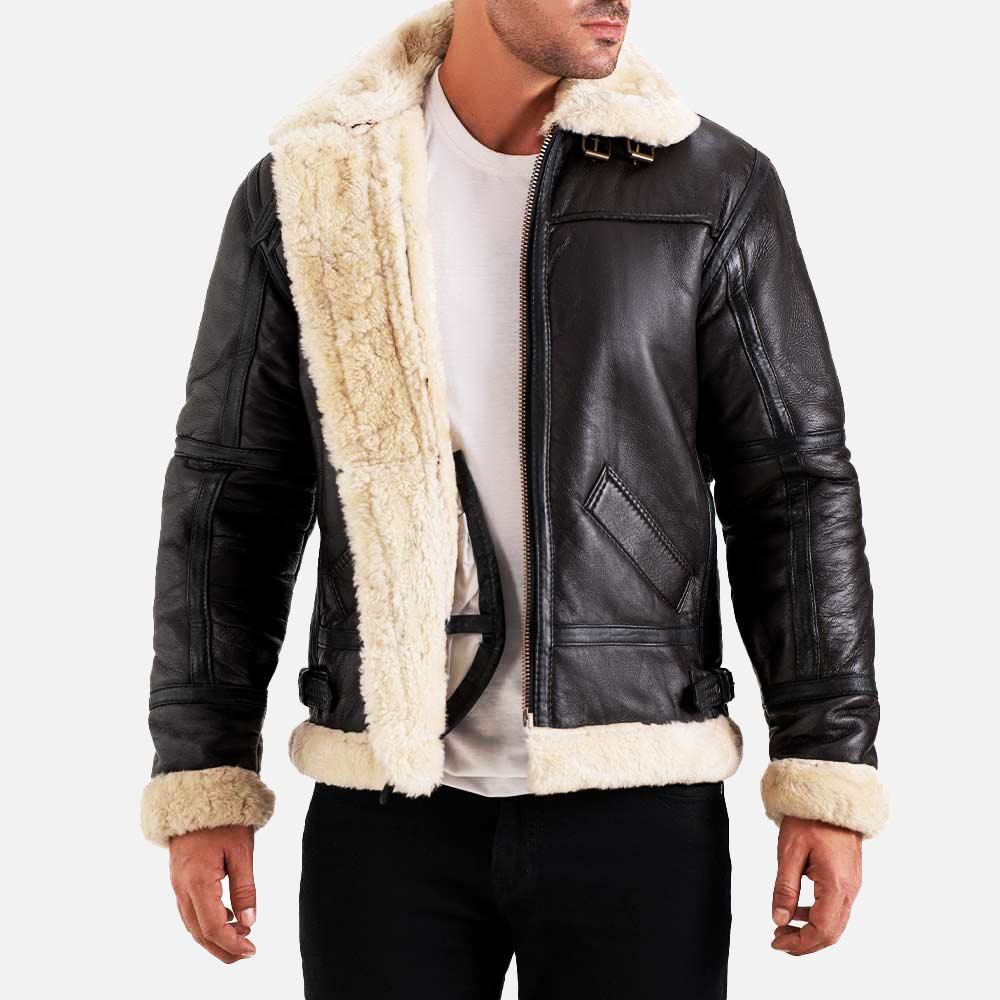
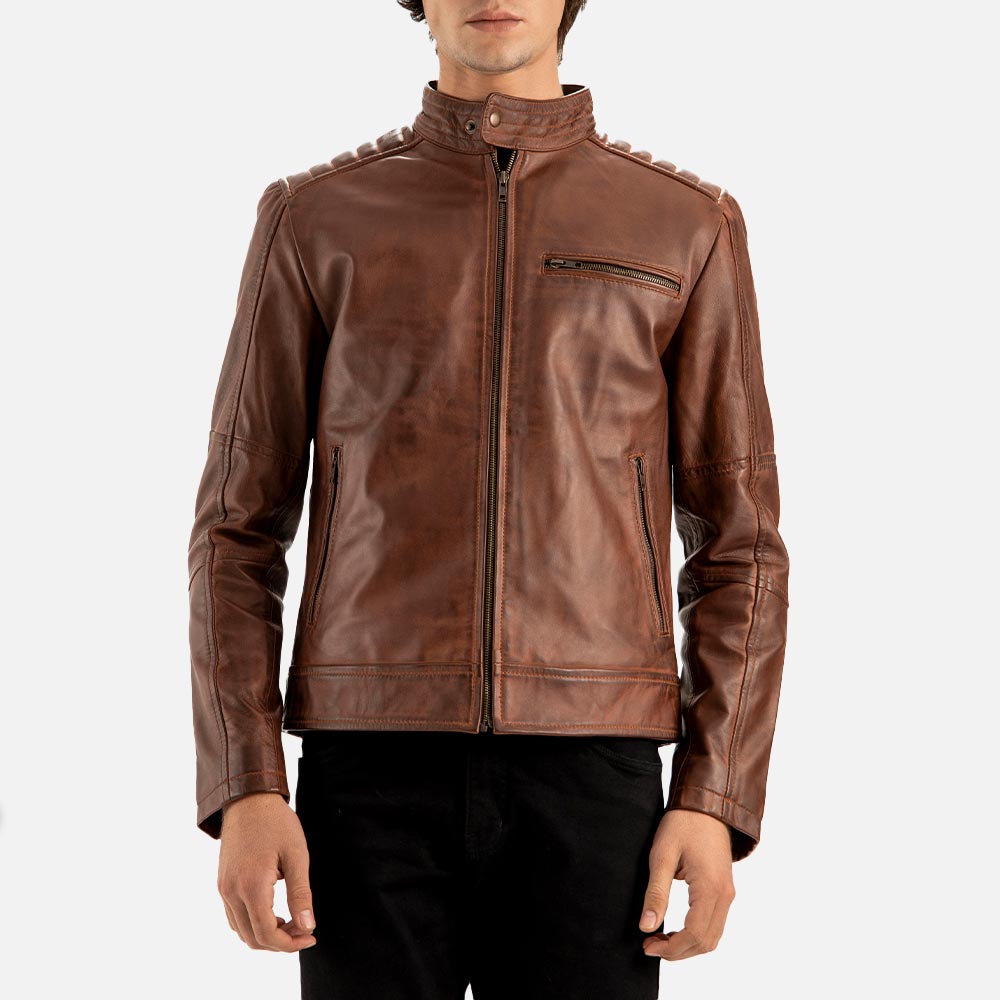

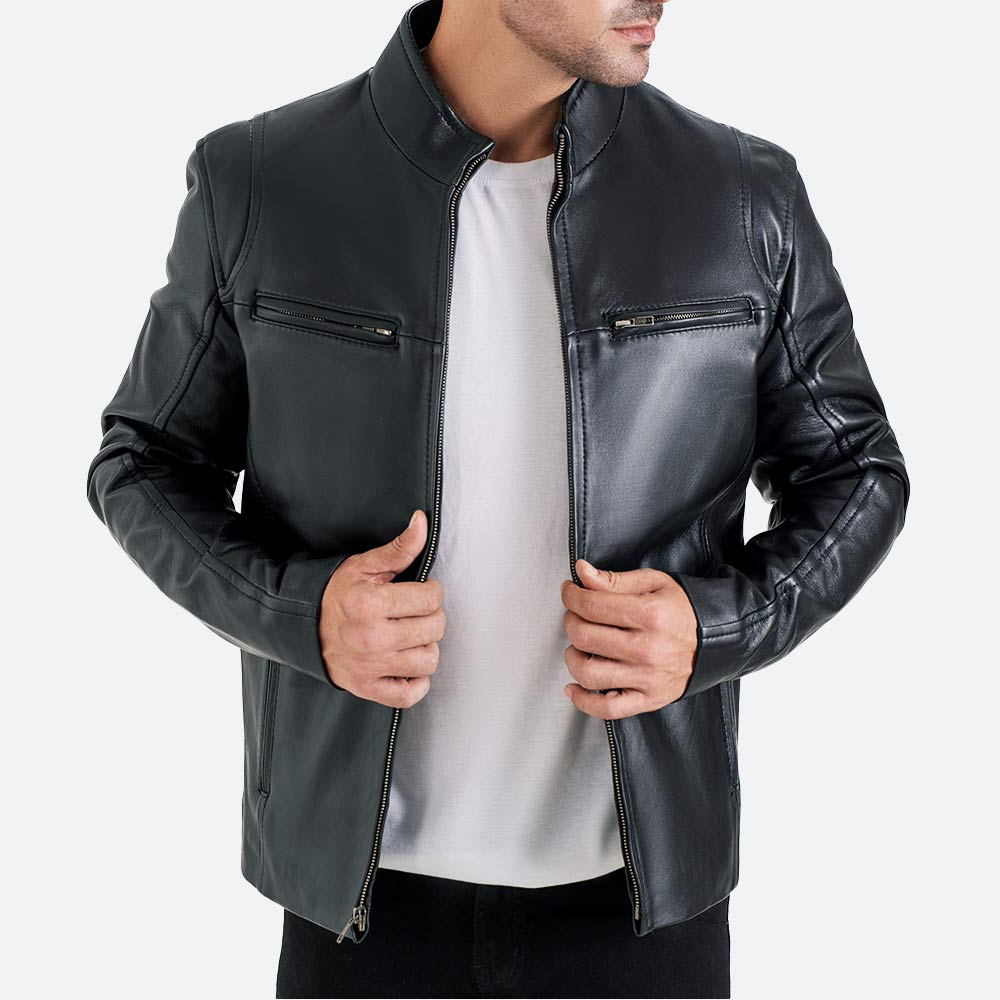
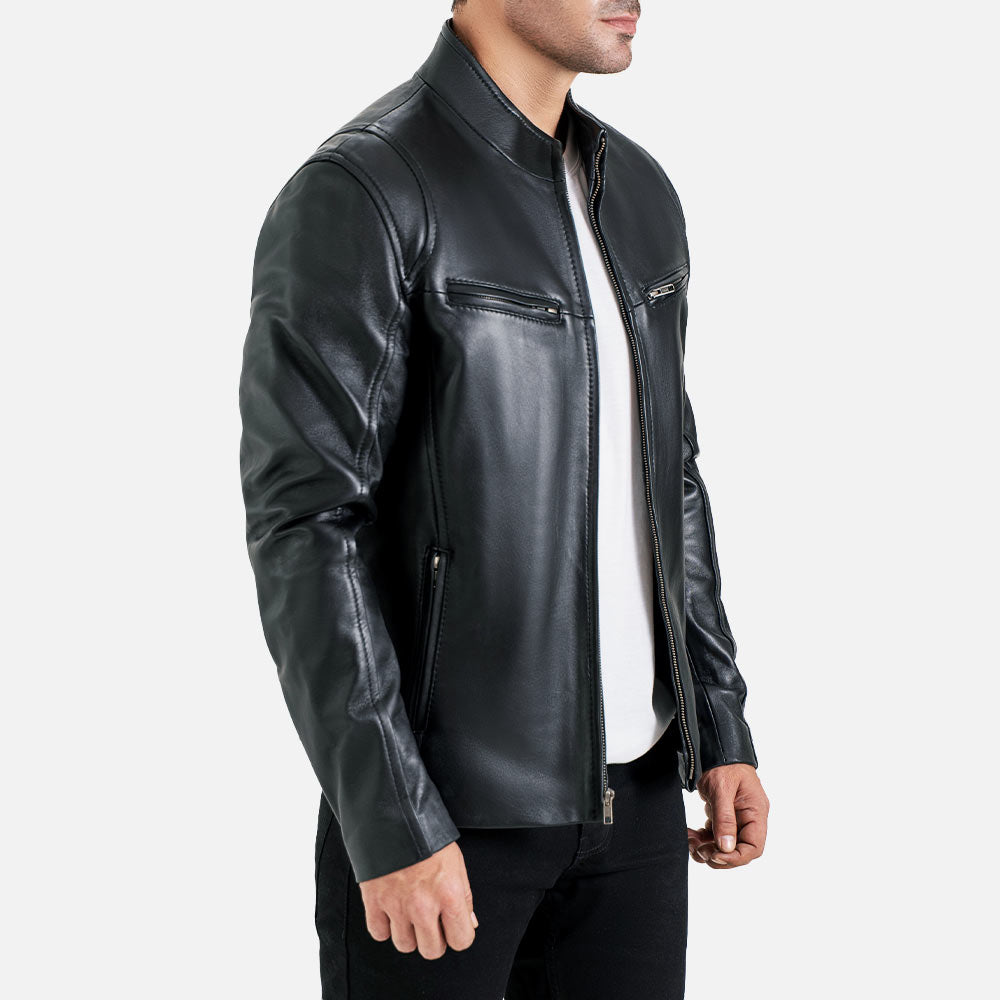
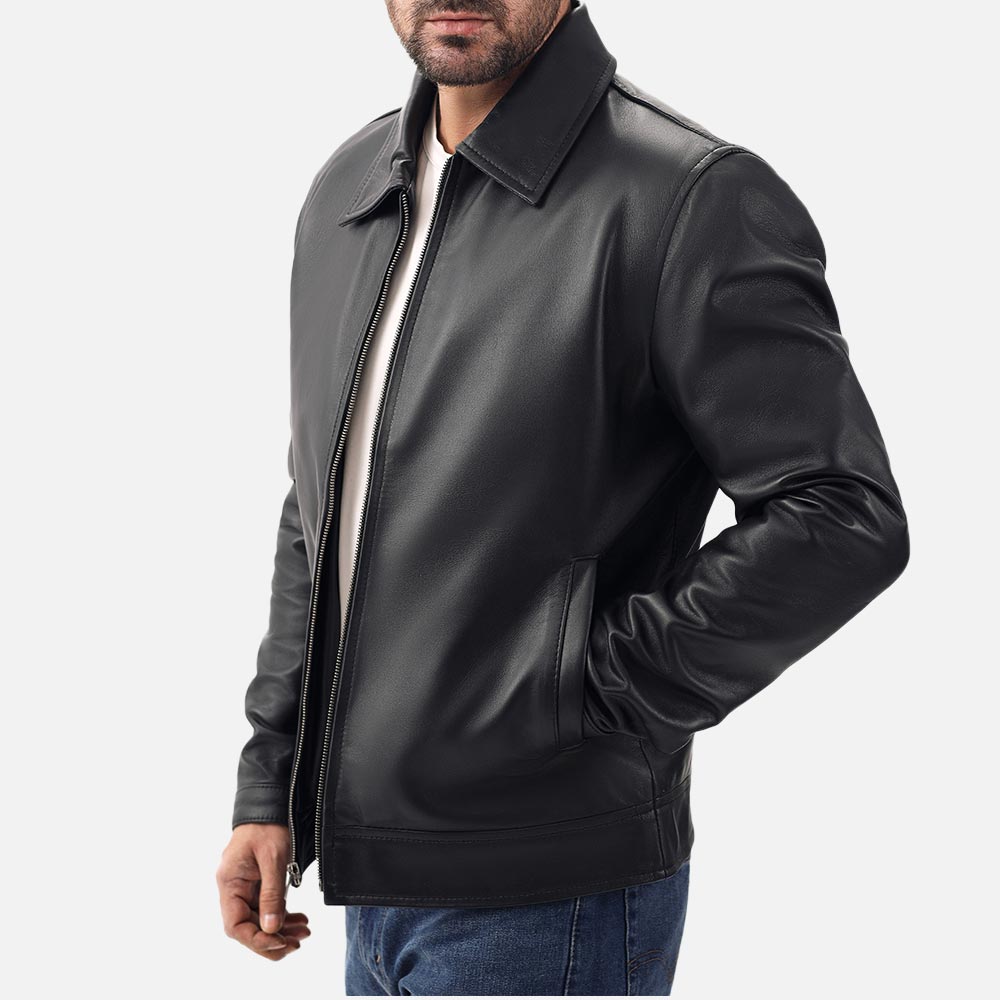
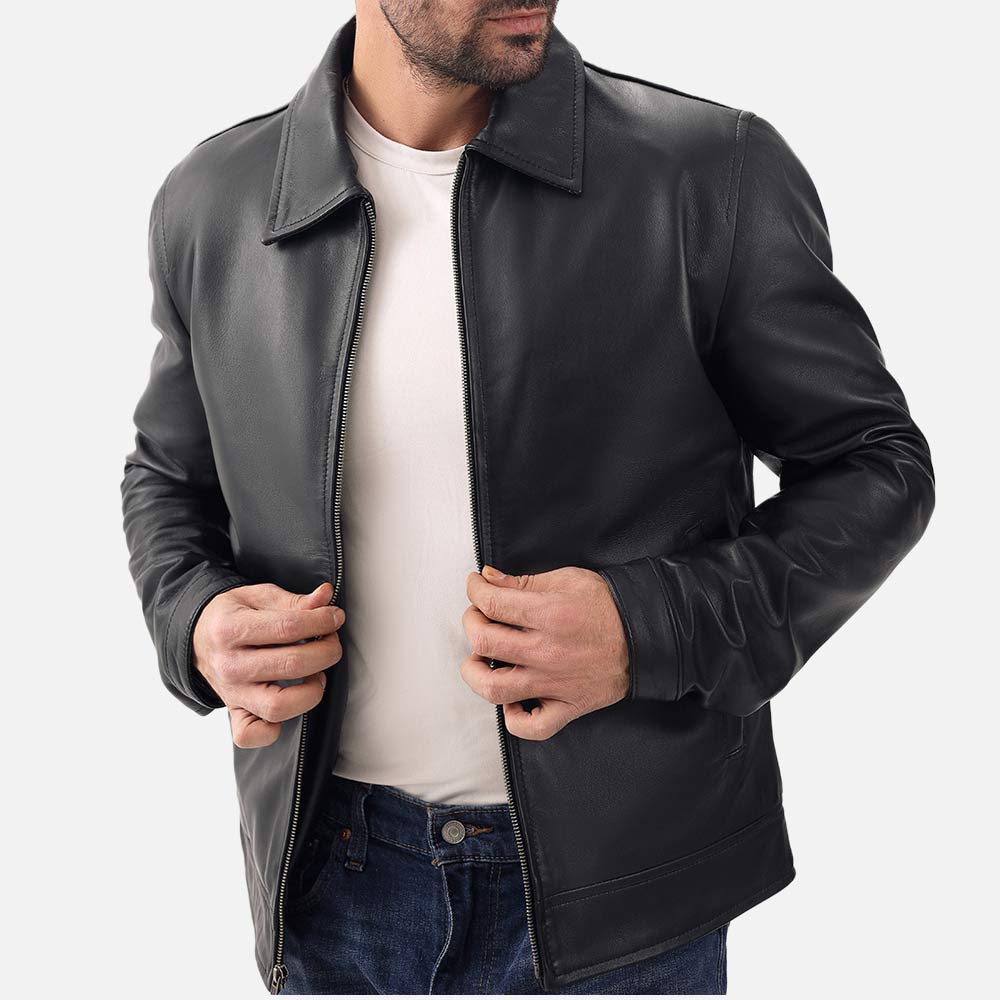
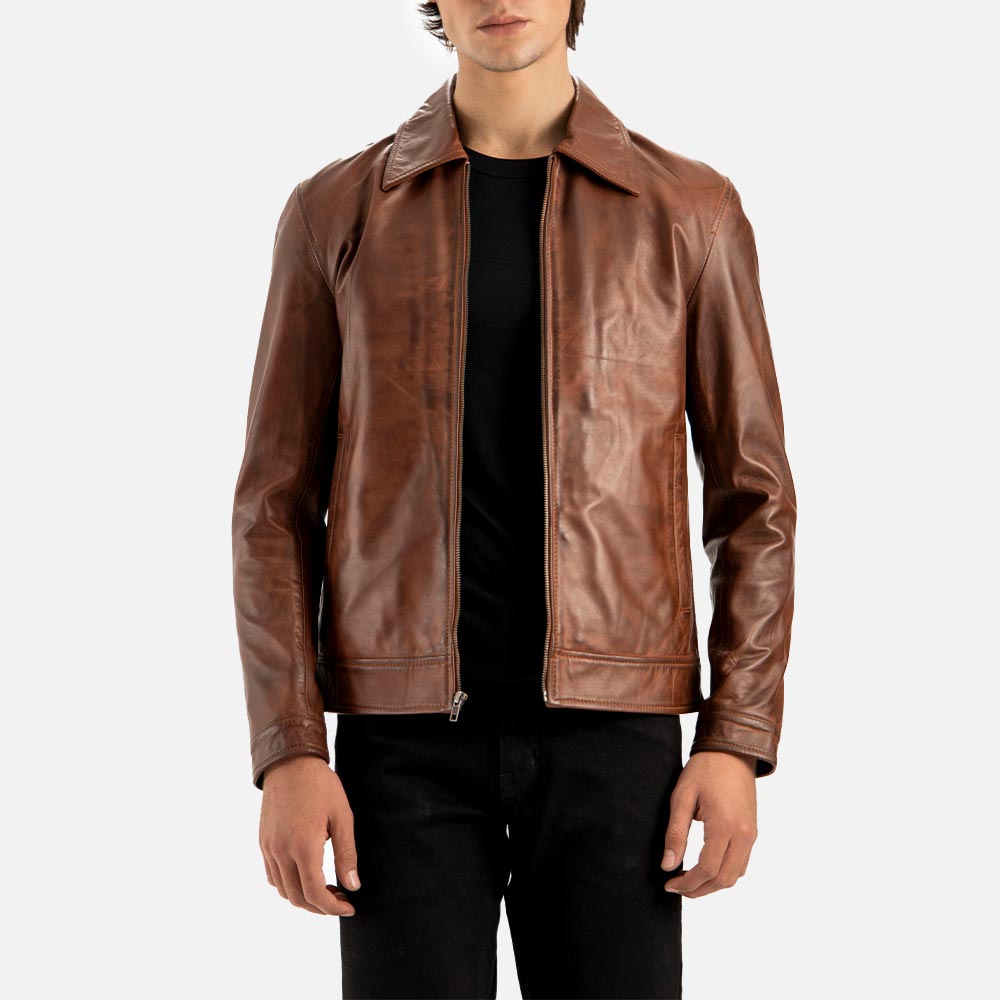

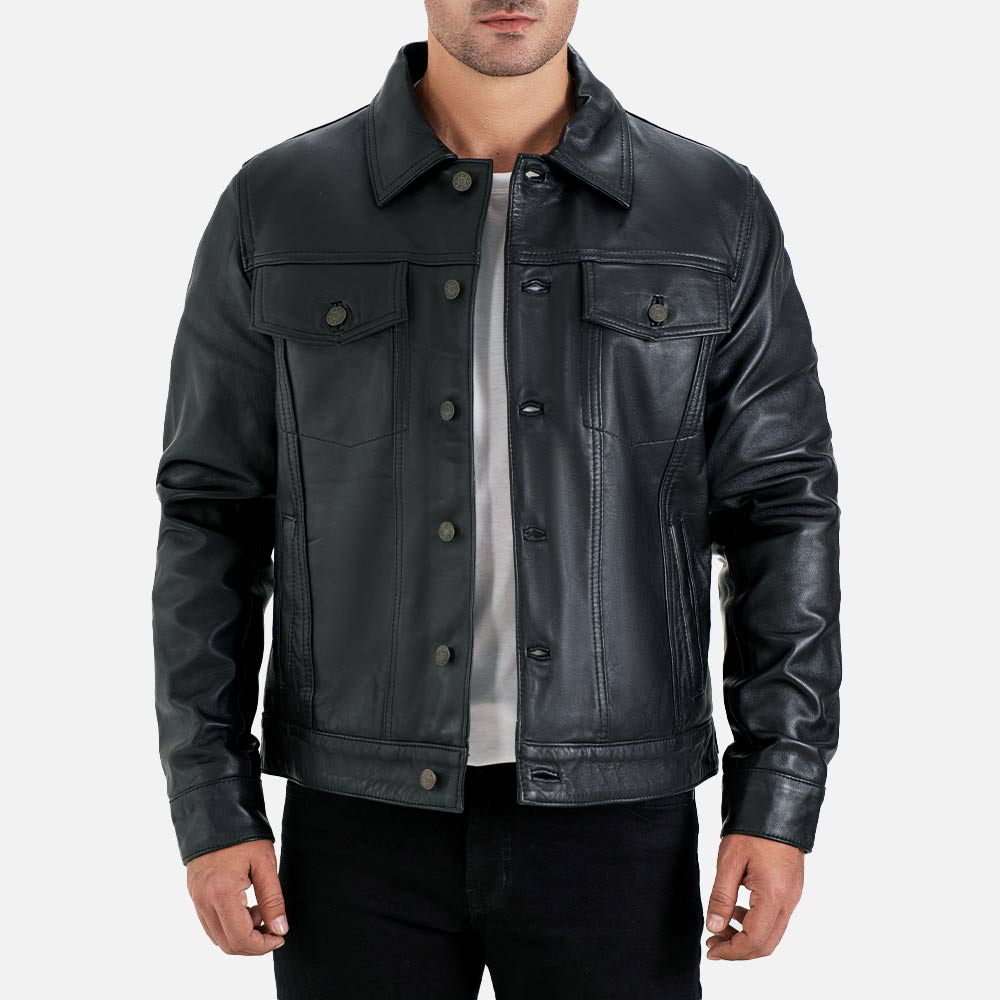
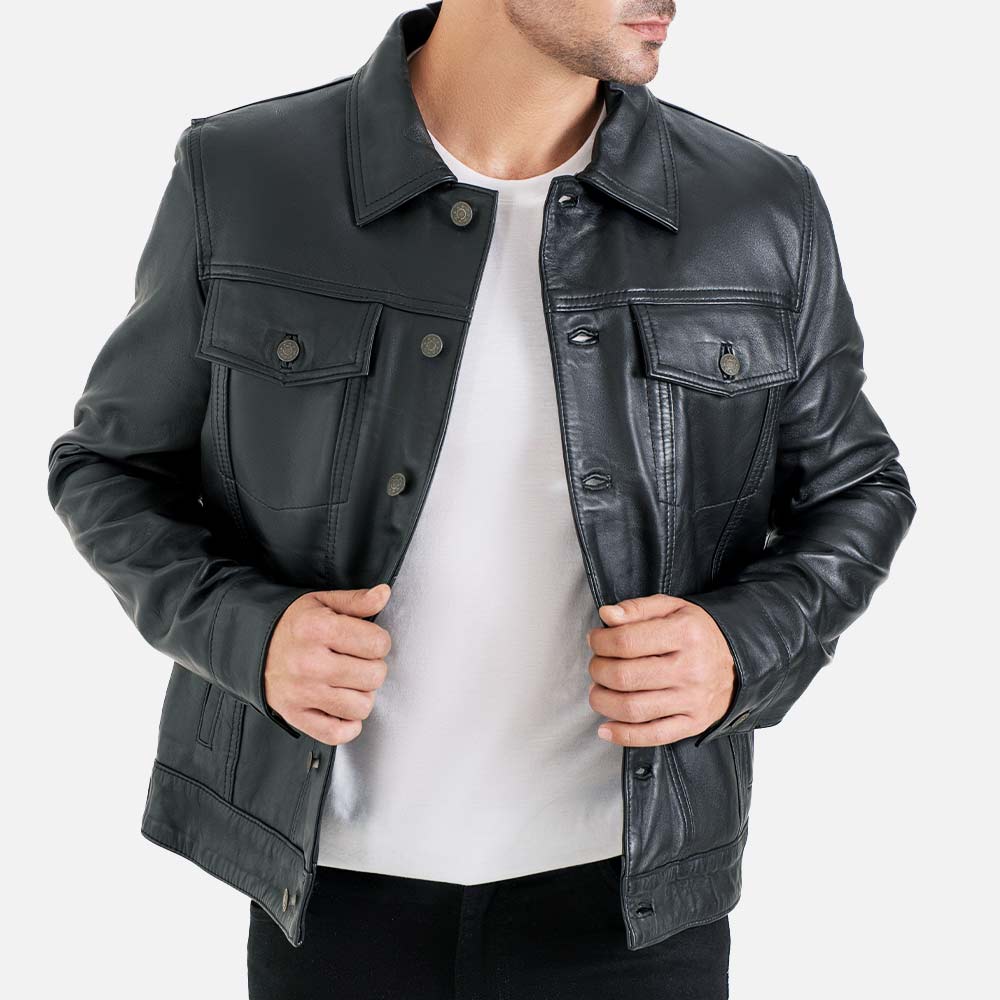


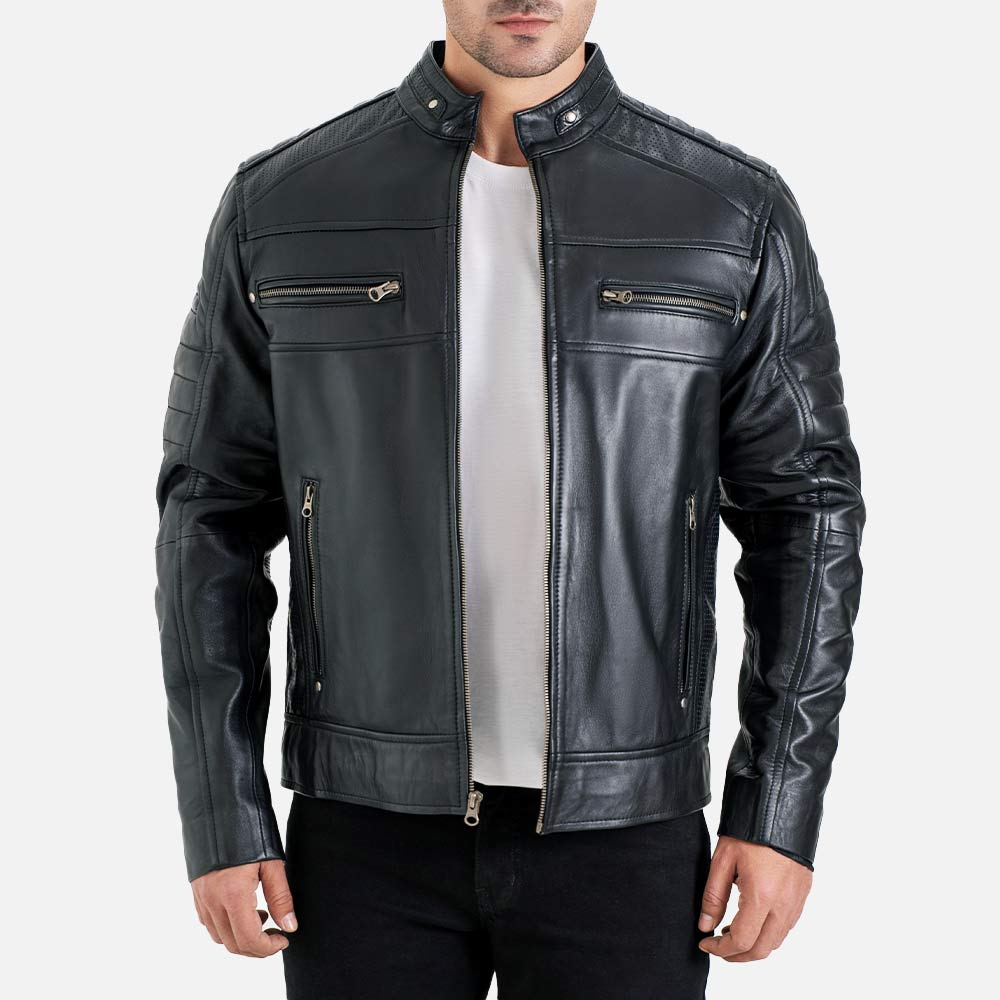
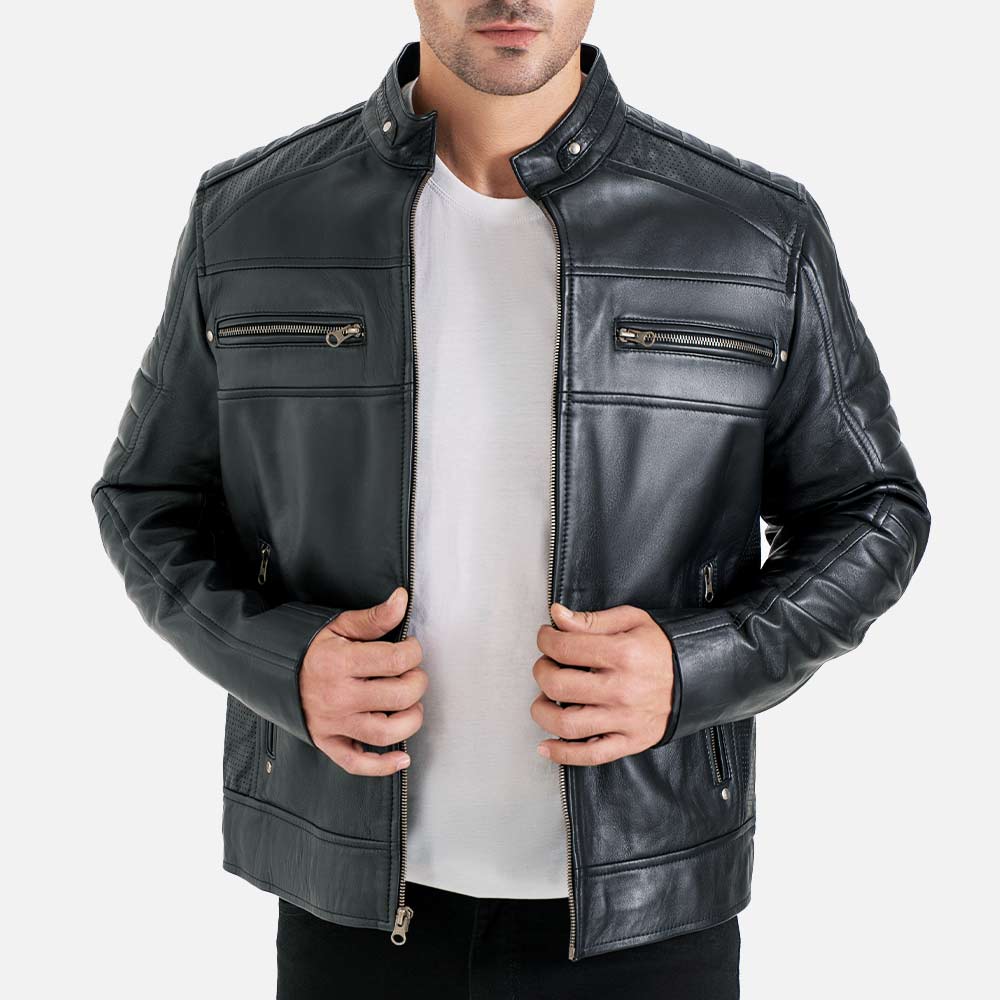
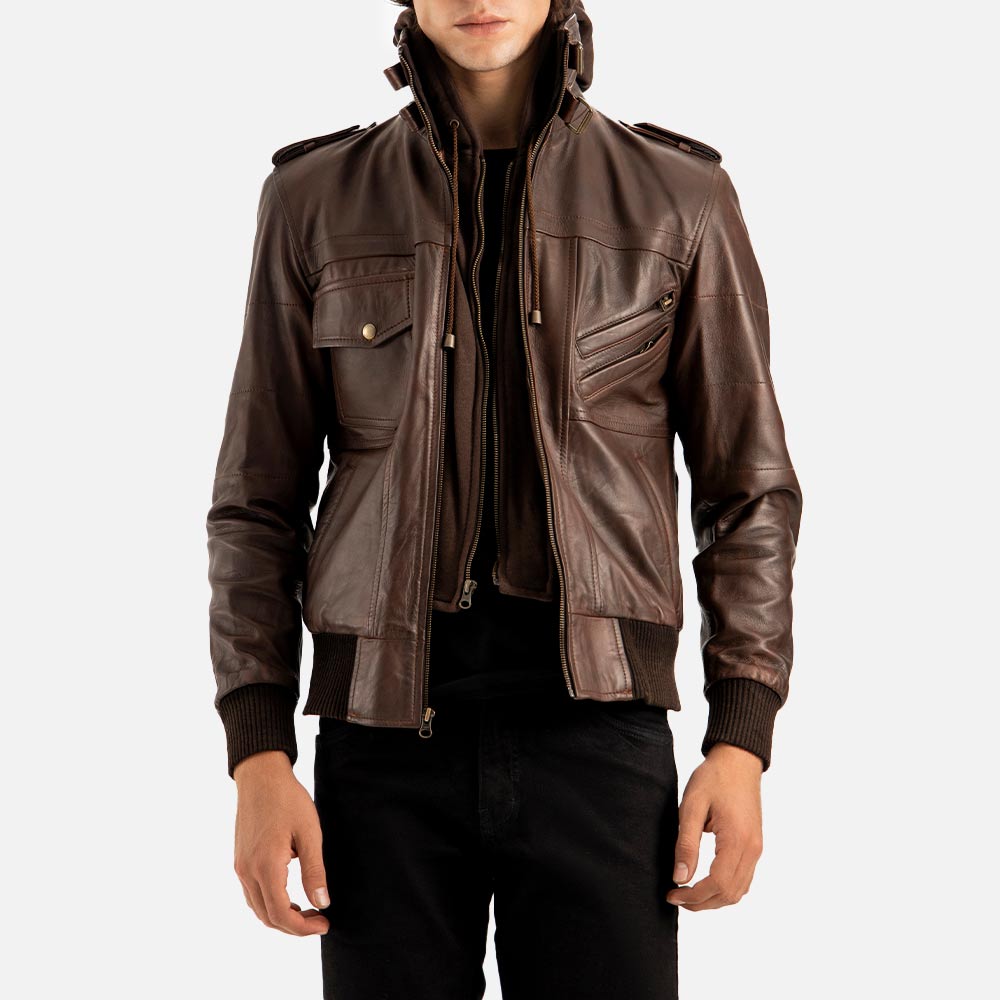





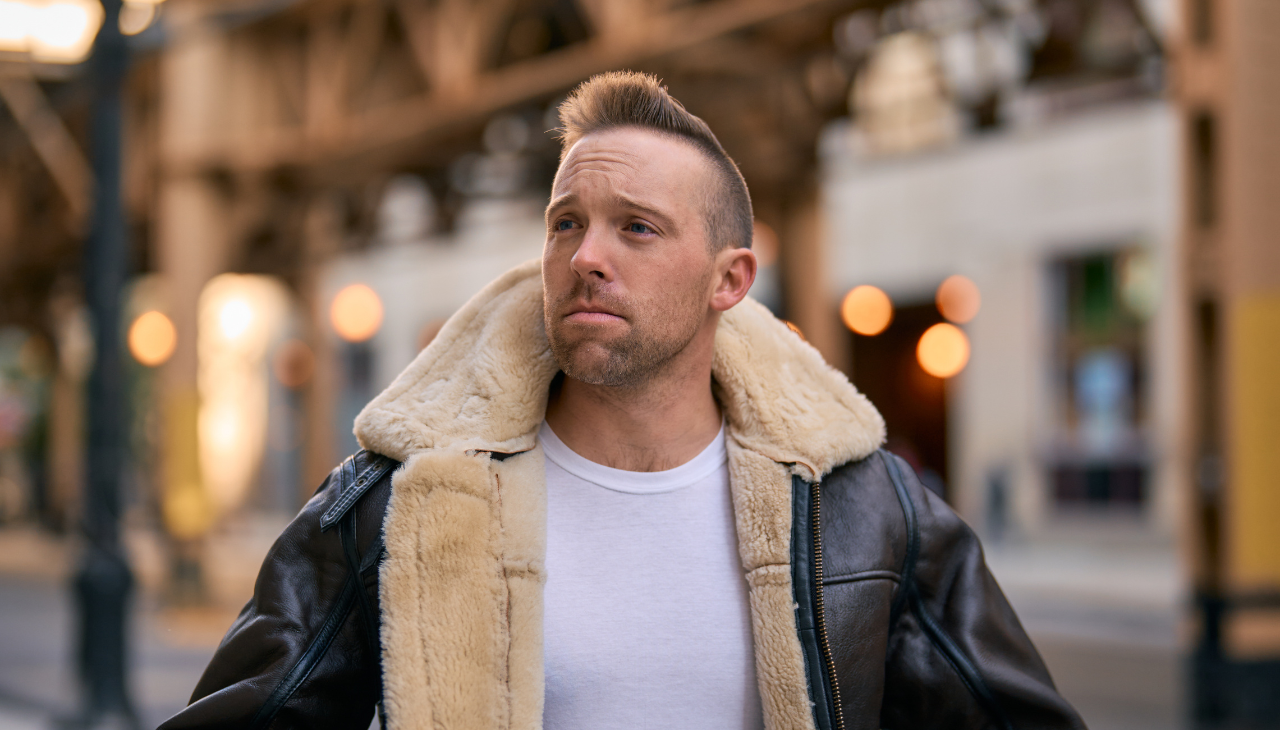

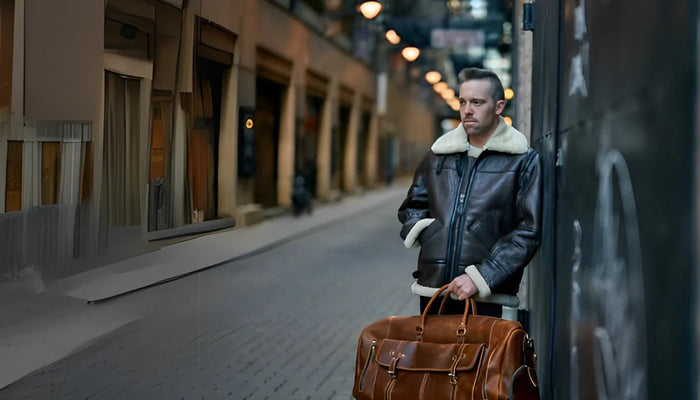
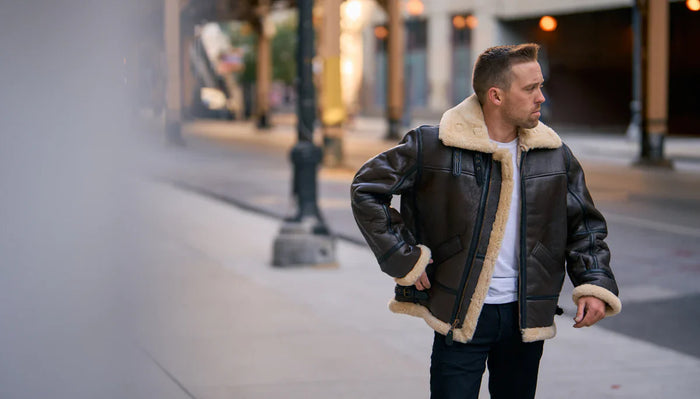
Leave a comment
This site is protected by hCaptcha and the hCaptcha Privacy Policy and Terms of Service apply.